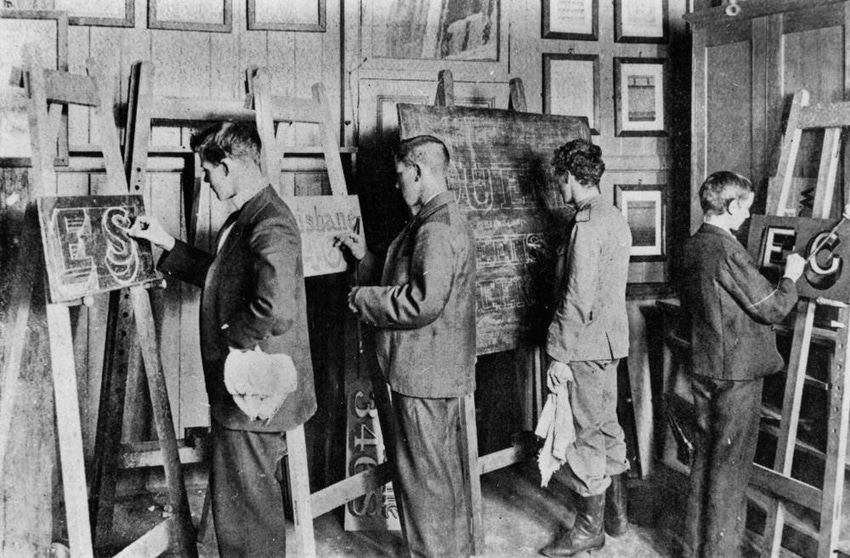If you are selling only hardware to your customers, then you are telling only half of the story and leaving a lot of potential revenue on the table. Customers naturally want to work with people who can provide a full solution--after all, you wouldn’t be too happy if you felt like painting and had to go to two separate stores for paint and canvas.
June 17, 2015

By Bluebeam Software Guest Blog 2
If you are selling only hardware to your customers, then you are telling only half of the story and leaving a lot of potential revenue on the table. Customers naturally want to work with people who can provide a full solution–after all, you wouldn’t be too happy if you felt like painting and had to go to two separate stores for paint and canvas.
In the information age, we place great emphasis on lightning-fast access to the data we need. Many of our conversations focus on information we consume and how it is made available to us by our computers, phones and high-speed Internet.
From storing our personal files into the cloud to setting up an enterprise corporation’s WAN, hardware is the infrastructure that makes access to this information a reality for the entire world. We brag about the speed of our processors, the solid-state drives we just installed, the amount of RAM we have, and how many megapixels our cameras are capable of providing.
But while the hardware is what makes this information a possibility physically, software is users' window into finding, consuming and analyzing this information. Software is the graphical interface that the customer uses to interact with the information that is being funneled through the hardware. Without software, the user cannot consume the information that he or she needs. More importantly, without software, the user cannot create new content. Software is more than just code that accomplishes a certain task; it's a tool that allows us to bring our thoughts and ideas to life.
Software, at Its Core, Is Artistic
Hardware is not defined by megapixels or how much RAM it has; it is a blank canvas on which designers create tools for enriching someone’s personal or working life. They get to create solutions for the problems hardware will solve, how the customers will interact with it and what it will look like. It allows designers to create vast new worlds for others to explore or puzzles for others to solve.
While the hardware is a blank canvas, the software is the paint used to create a complex and beautiful masterpiece for others to enjoy.
Software Is Also Personal
Software is built according to what users need and how they would most naturally interact with a program to accomplish their goals. Typically, software is designed for a specific task after thorough investigation into a company's workflows and the ways in which customers would utilize the solution. With this intent, we see software that allows us to create design documents of complex hospitals for architects, or simpler solutions that enable people to keep track of finances and submit taxes each year.
Software is the other half of the story that we need to tell when designing full solutions for our customers. Hardware and software are yin and yang, two sides of the same coin, a canvas and paint–they perfectly complement each other and drive each other’s existence.
Think about finding the right software solutions that complement your customer’s workflows, in addition to the hardware you sell. Start providing more value to your customers and additional revenue streams for your business. Your customers will be happier, and you’ll be more valuable to them in the long run.
Click here for more information On Bluebeam’s Reseller Program.
Guest blogs such as this one are published monthly, and are part of The VAR Guy's annual platinum sponsorship.
You May Also Like
